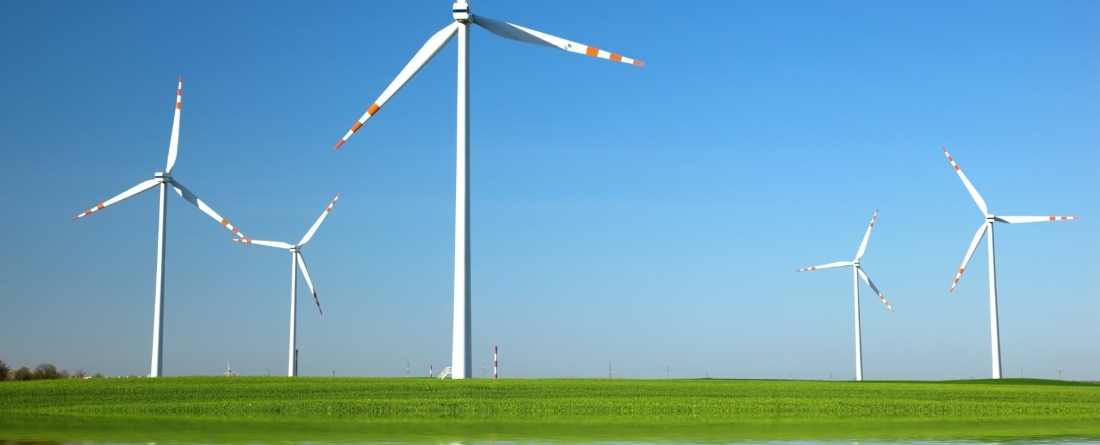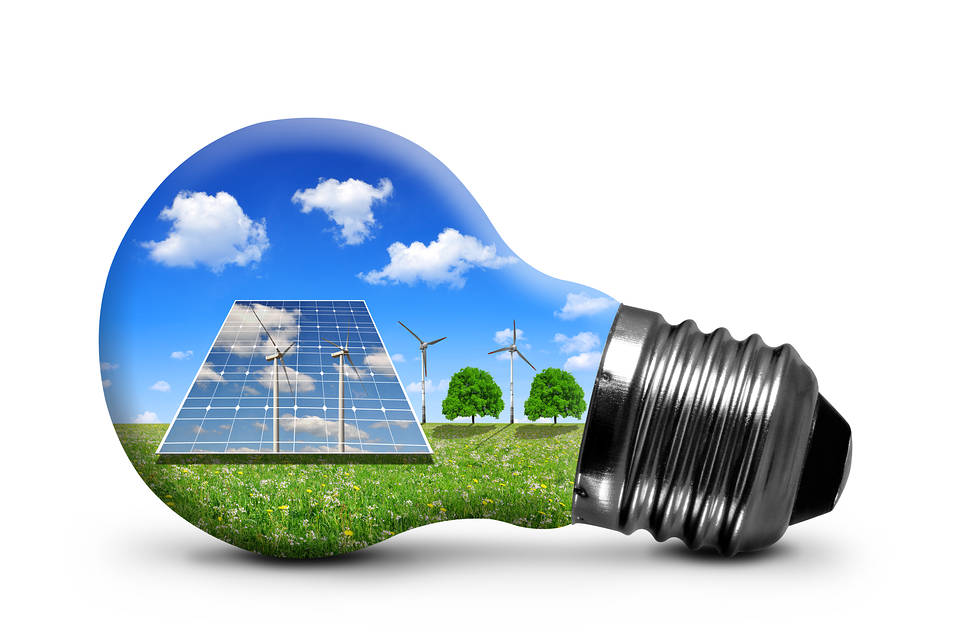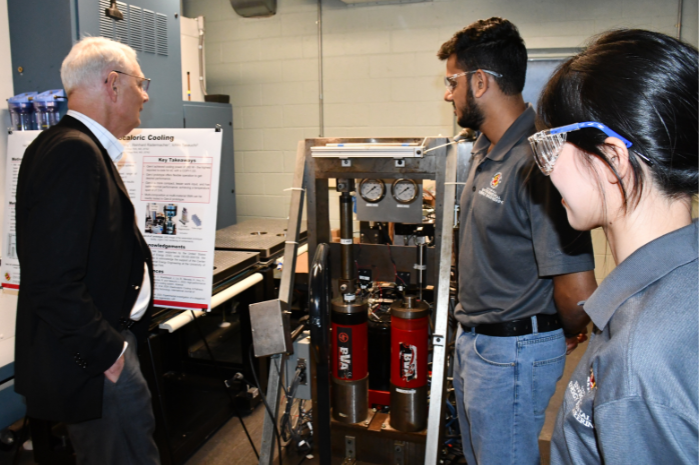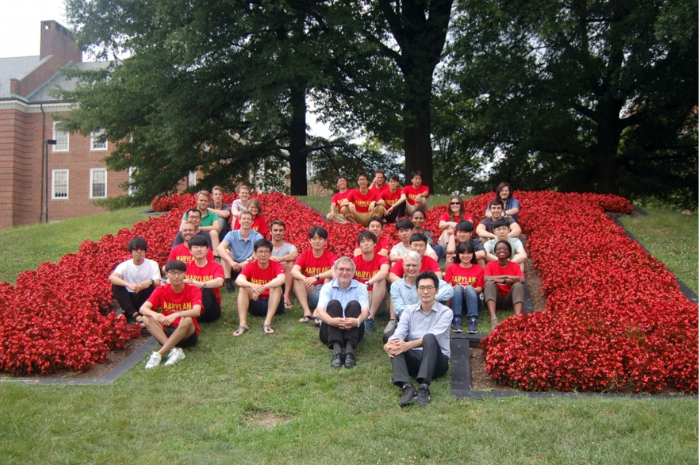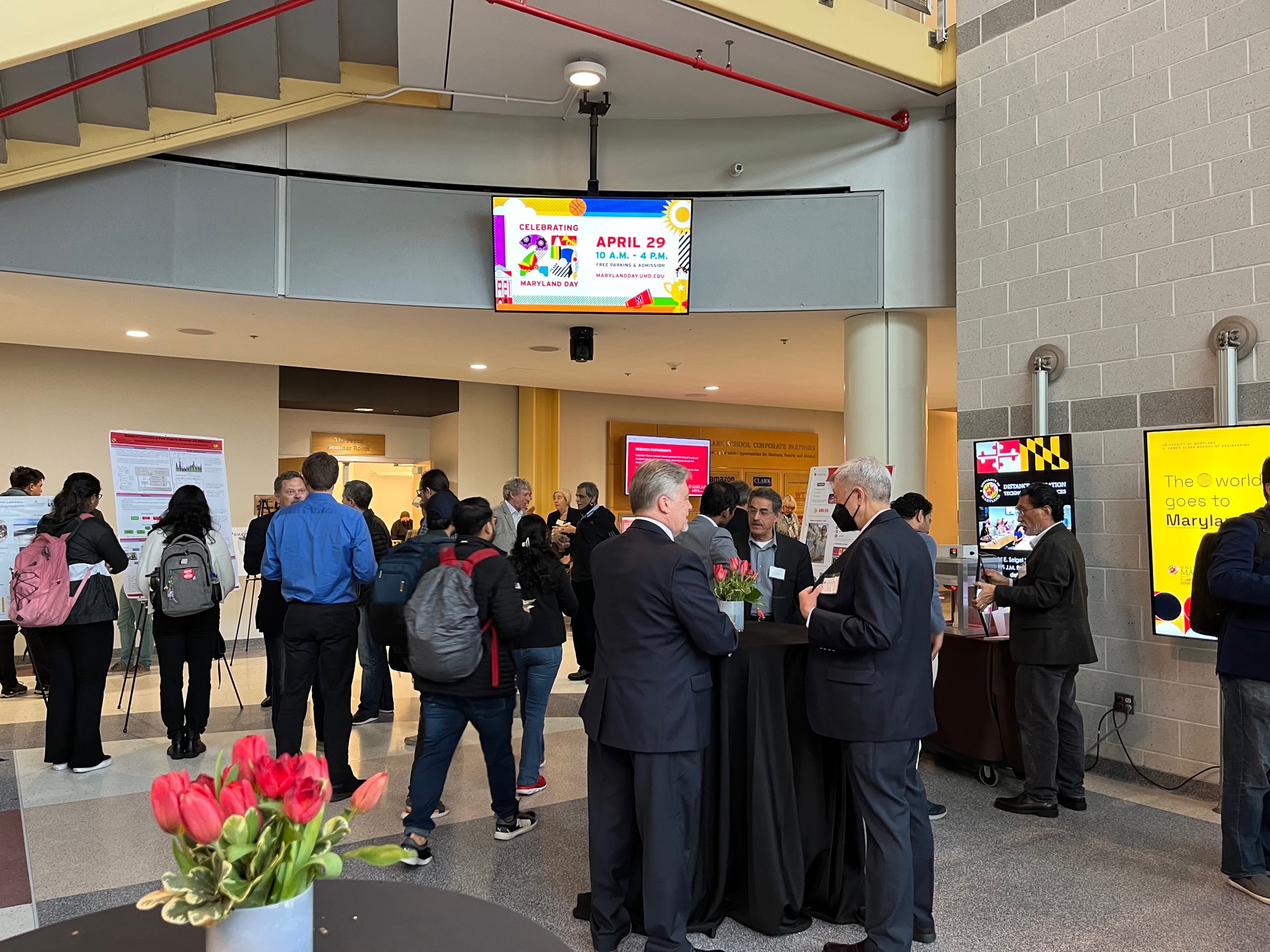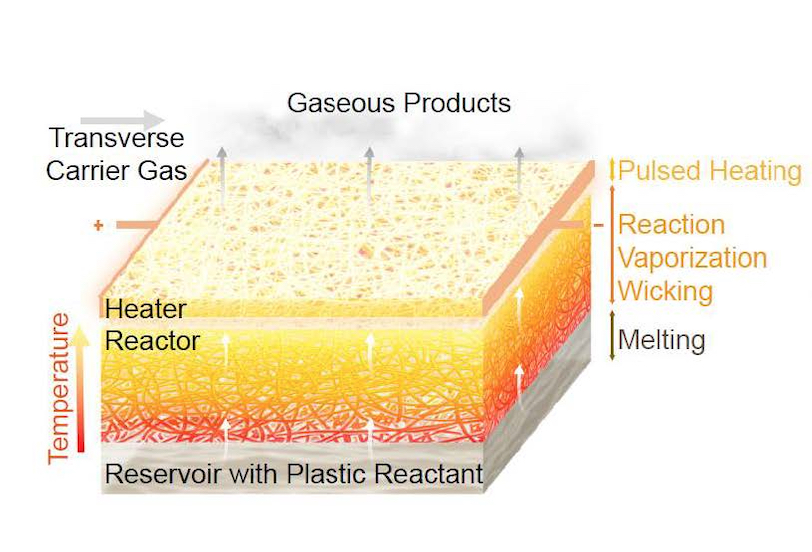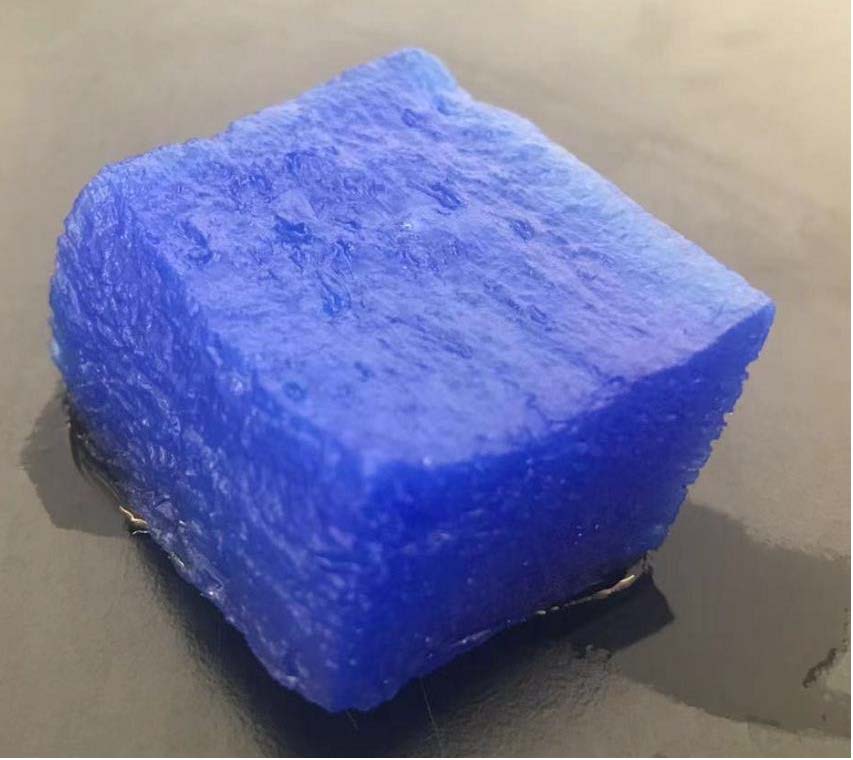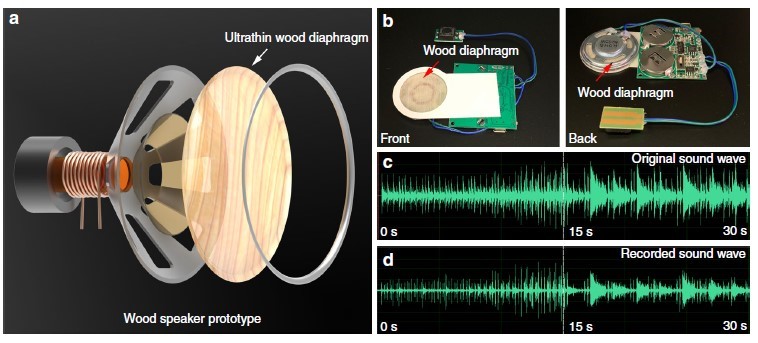News Story
A Greener Alternative for Food Disposal
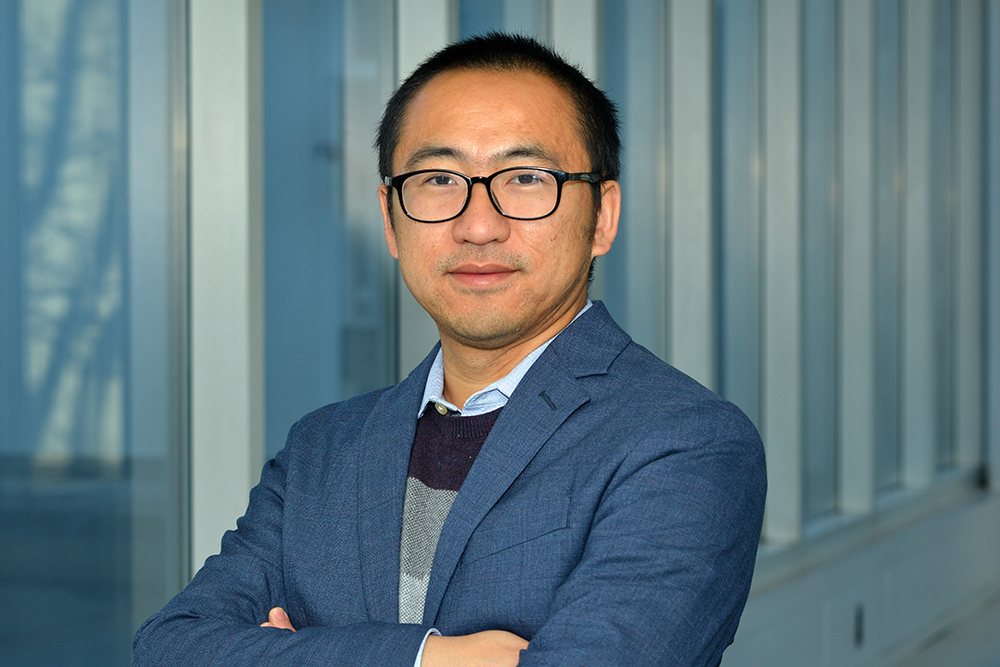
Americans discard about 103 million tons of food annually, according to the Environmental Protection Agency (EPA), and much of that tossed-out food ends up in landfills. Indeed, food waste accounts for nearly a quarter of all landfill use in the United States. The mounting environmental hazard has prompted Guangbin Li, assistant professor of civil and environmental engineering, to explore possible alternative methods of managing waste.
As Li explains, relying on landfills to store food waste isn’t a sustainable solution over the long term. As food takes up larger and larger swaths of available landfill, there’s less room for other types of waste. Even more troublingly, the food waste rots in the landfill and emits both odorous and greenhouse gases, thus contributing to environmental health problems and global warming.
Instead of shipping it off to a landfill, the waste can instead be sent to an anaerobic digestion reactor, where bacteria are used to break down the organic material and convert it into biogas, which can then supply heat, electricity, and vehicle fuel, while the residual solids and liquids left over after digestion are rich in nutrients and organic matter and can be reused as fertilizer or soil amendments. Organic components from the waste can also be used as a sustainable carbon source by wastewater treatment facilities to promote biological nutrient removal processes, such as via denitrification and phosphorus-accumulating organisms.
“The goal is to transition away from landfill management to something that is more beneficial to society,” Li said. “We take food waste out of the traditional solid waste management system, and we put it into a reactor and convert it into a renewable energy source and a carbon source, and then we can use it for different purposes.”
There’s a hitch, though. Food waste often comes mixed in with grease and other substances that must be removed or converted to easily biodegradable compounds before the waste can be converted. Li and his students are currently tackling this phase of the process.
“The goal is to transition away from landfill management to something that is more beneficial to society. We take food waste out of the traditional solid waste management system, and we put it into a reactor and convert it into a renewable energy source and carbon source, and then we can use it for different purposes.”
Dr. Guangbin Li, assistant professor, civil and environmental engineering
“We are starting with providing a pretreatment process designed to break down difficult organic fractions into easier organic fractions, so that when they enter the anaerobic digestion facility, they can be converted more quickly and easily,” Li explained. “Because we remove these challenging substances during the pretreatment process, the subsequent anaerobic digestion can take place more quickly and easily.”
The team’s work could ultimately foster widespread adoption of alternative methods of food waste management. The EPA and the United States Department of Agriculture (USDA) have long expressed concern about the mounting pile-up of food waste, and both agencies are encouraging states and localities to pursue other avenues. The potential benefits, after all, are multiple—biogas as a source of clean energy, carbon for wastewater treatment, and a reduced threat to the climate.
It could also mitigate problems of environmental justice associated with building new landfills, Li said. Because more affluent communities resist being chosen as the site for a new landfill, such facilities tend to be built in lower-income areas whose residents lack the political power to raise an objection.
“No one wants one built in their neighborhood,” he said. “It’s important to increase the lifespan of existing landfills, while also reining in greenhouse gases.”
Li heads the Nutrient-Energy-Smart (N.E.S.) Lab, working with students to develop and implement innovative solutions for protecting the environment. He joined the Maryland Engineering faculty in 2019.
Published February 9, 2022

